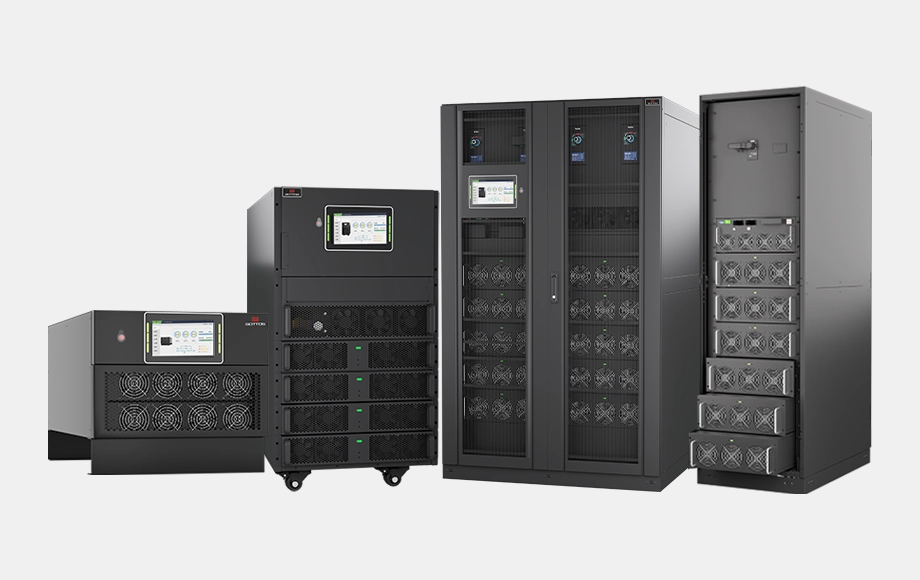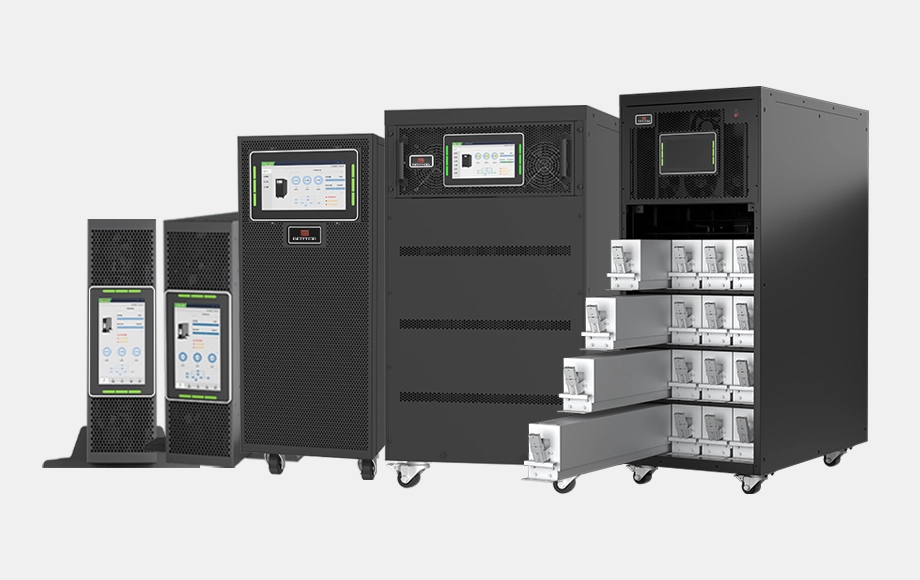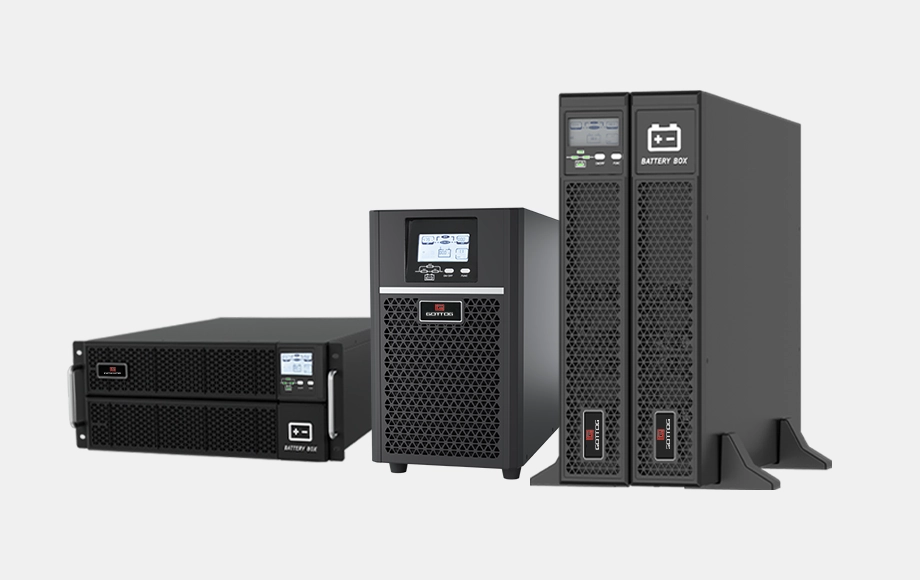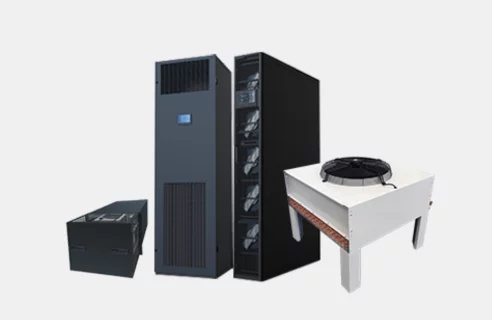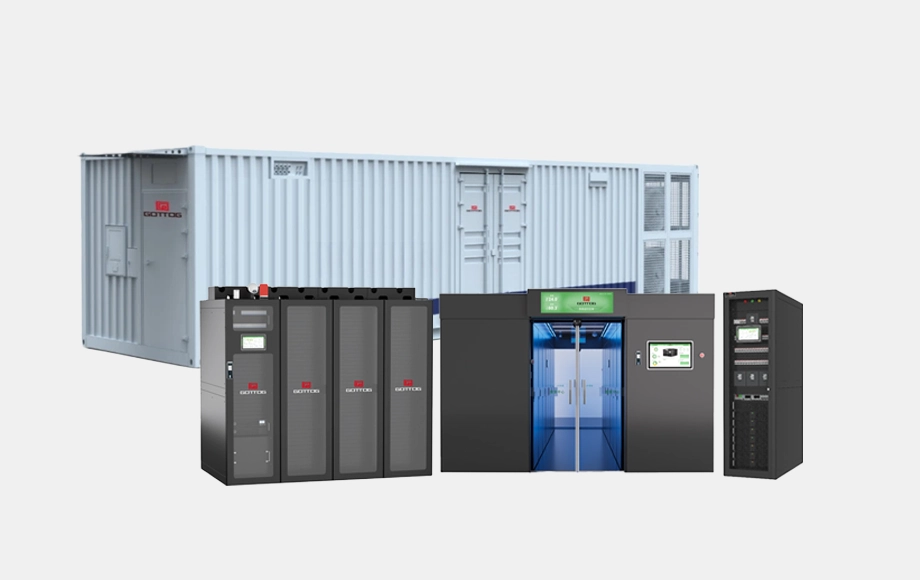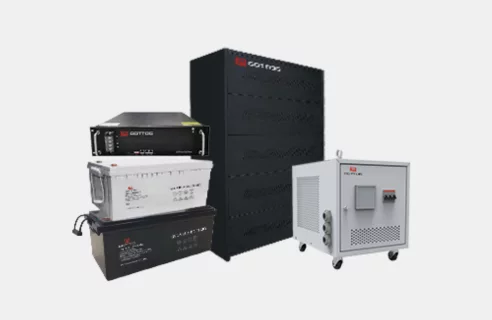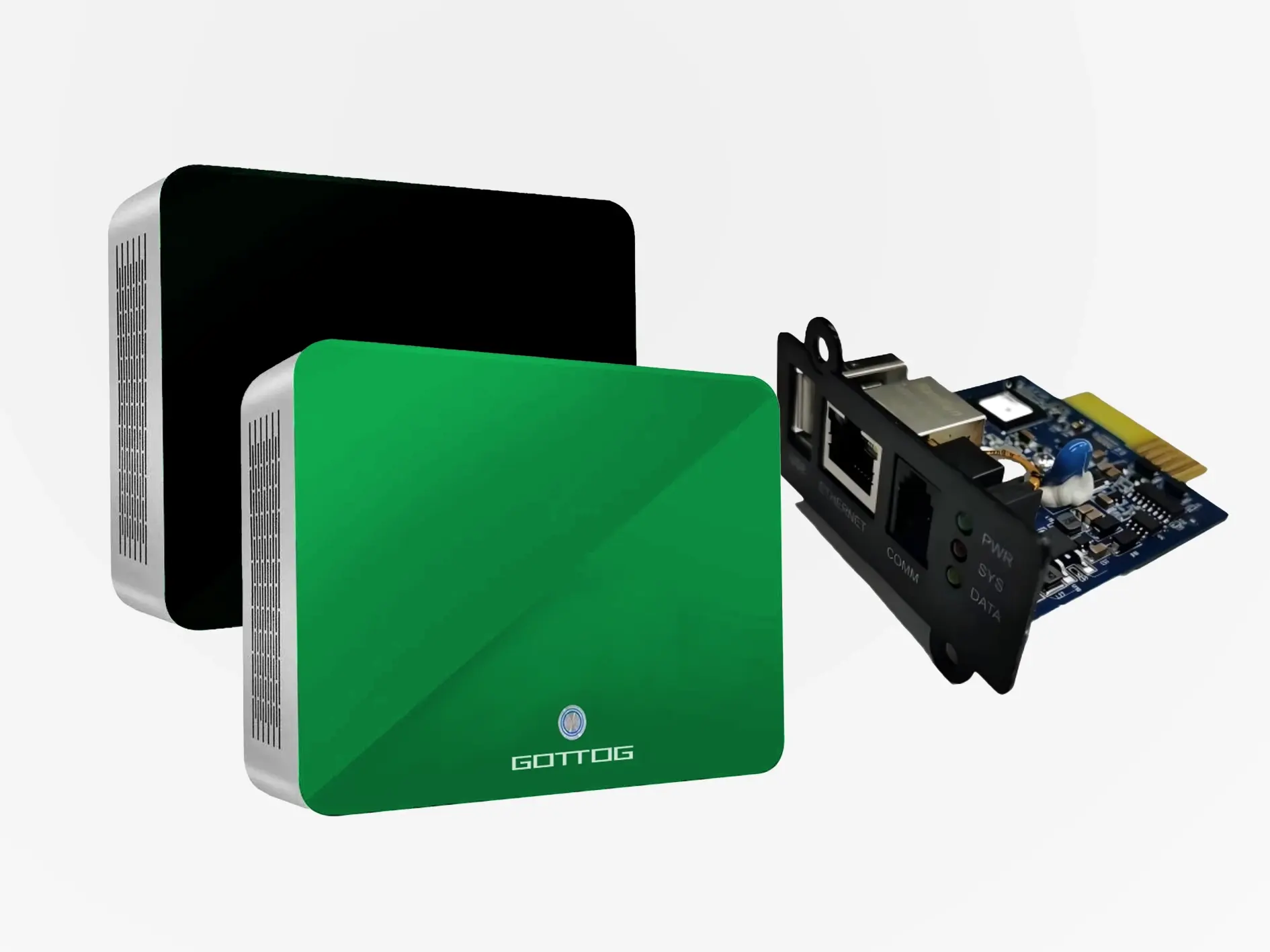As the world moves towards more energy-efficient and scalable data centers, High Voltage Direct Current (HVDC) technology is emerging as a game-changer. Traditional Alternating Current (AC) systems have long been the backbone of data center power distribution, but the increasing demand for higher efficiency and sustainability is driving the shift towards HVDC. In this blog, we’ll explore the benefits of HVDC systems in data centers, how they enhance operational efficiency, and why they’re the future of power distribution in this growing industry.
What is HVDC and How Does it Work?
High Voltage Direct Current (HVDC) is a technology used to transmit electrical power over long distances using direct current rather than alternating current. Unlike AC, which is commonly used for power distribution, DC can be more efficient over long distances due to lower transmission losses. HVDC systems are particularly valuable in large-scale power distribution, especially for industrial applications like data centers, where high power demands and energy efficiency are critical.
HVDC technology is typically used for high-capacity long-distance transmission, but recent advancements have made it more feasible and beneficial for use within data centers. HVDC power conversion systems allow for a more stable and efficient distribution of electricity, especially in environments with high-power requirements like data centers.
Why HVDC is Essential for Modern Data Centers
With the rapid expansion of data and the rise of new technologies like artificial intelligence (AI), cloud computing, and the Internet of Things (IoT), data centers are under increasing pressure to provide more reliable, scalable, and energy-efficient power solutions. Here’s why HVDC is gaining traction in data center applications:
- Higher Energy Efficiency
One of the primary benefits of HVDC systems in data centers is the significant reduction in energy losses during power transmission. DC transmission incurs much less loss than traditional AC systems, which translates to improved energy efficiency. By minimizing power losses, HVDC systems can help data centers save on energy costs while contributing to their sustainability goals. - Improved Scalability
As data centers continue to expand, they require more power to meet growing demands. HVDC technology allows for scalable power distribution, enabling data centers to efficiently manage increased power demands without significant infrastructure upgrades. This scalability is especially important as high-performance computing workloads increase, such as those driven by AI and big data applications. - Better Power Stability and Reliability
HVDC systems offer greater stability when distributing power within data centers. Since the system relies on direct current, the fluctuations seen in AC power systems (such as voltage spikes and dips) are significantly reduced. This improves the reliability of the data center’s power supply, ensuring that critical equipment remains operational at all times. - Reduction in Cooling Requirements
The efficiency of HVDC systems also extends to reduced heat generation. With lower transmission losses, the amount of heat generated by the electrical infrastructure within the data center is minimized. This leads to a reduction in cooling requirements, allowing for more energy-efficient operation of HVAC and cooling systems. Less heat means lower cooling costs and better environmental control, which is particularly important in data centers with high-density workloads.

HVDC Technology in Data Center Infrastructure
As the demand for high-performance computing continues to rise, traditional power distribution methods are being pushed to their limits. HVDC offers a more robust and reliable solution for large data centers, helping to address the following challenges:
- Longer Distance Power Delivery
HVDC technology enables more efficient long-distance transmission of power from the grid to the data center. In cases where data centers are located far from primary power sources, HVDC transmission reduces the amount of energy lost during the transfer, ensuring that the maximum amount of energy reaches the data center. - Integration with Renewable Energy
Data centers are increasingly seeking to integrate renewable energy sources into their operations to reduce their carbon footprint. HVDC is highly compatible with renewable energy sources such as solar and wind, which often operate at remote locations. HVDC systems can efficiently transmit power from these renewable energy sources to data centers, ensuring that data centers can meet sustainability goals while maintaining high performance. - Optimized Power Distribution
HVDC can be integrated with traditional AC infrastructure to create a hybrid system that takes advantage of both technologies. This optimized power distribution allows data centers to use HVDC for long-distance transmission and AC for internal power distribution, resulting in improved overall efficiency.
Challenges and Considerations for Implementing HVDC in Data Centers
While HVDC technology offers numerous advantages, implementing HVDC systems in data centers is not without its challenges:
- Initial Investment Costs
The setup cost of HVDC systems can be higher than traditional AC systems. This is due to the need for specialized equipment, such as converters and inverters, to manage the DC-to-AC conversion. However, the long-term energy savings and efficiency improvements often outweigh the initial investment costs. - Technical Complexity
Integrating HVDC systems into existing data center infrastructure requires careful planning and expertise. Data center operators must ensure that they have the right systems and staff in place to manage HVDC technology, including the necessary training for engineers and technicians. - Compatibility with Existing Equipment
For data centers that already have AC power infrastructure in place, converting to HVDC can require significant changes. However, hybrid solutions that combine AC and DC systems are available, which can reduce the complexity and allow data centers to transition gradually.
The Future of HVDC in Data Centers
The growing demand for high-performance computing, coupled with the need for more sustainable and energy-efficient solutions, makes HVDC a promising technology for the future of data centers. As AI, cloud computing, and other advanced technologies continue to evolve, the need for faster, more reliable, and energy-efficient power solutions will only increase.
At Gottogpower, we are committed to providing innovative, reliable power solutions for data centers. Our modular UPS systems, combined with cutting-edge power management technologies, are designed to support high-efficiency infrastructure, including integration with HVDC power distribution systems. Whether you’re planning to upgrade your data center’s power infrastructure or looking to build a new one, our solutions can help you achieve a more efficient, scalable, and sustainable data center.
Contact Us
For more information on HVDC systems and our power solutions for data centers, contact us today.

